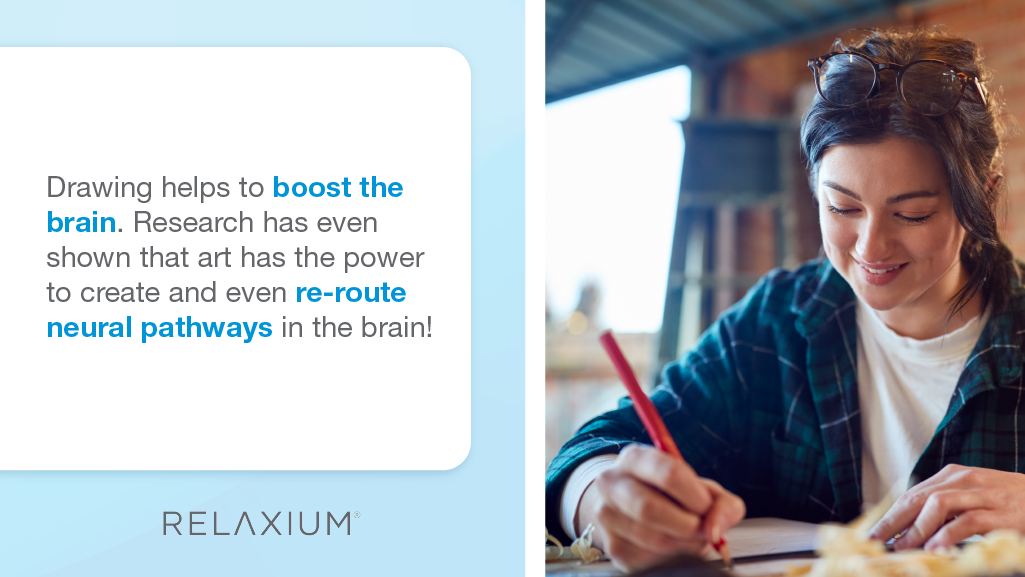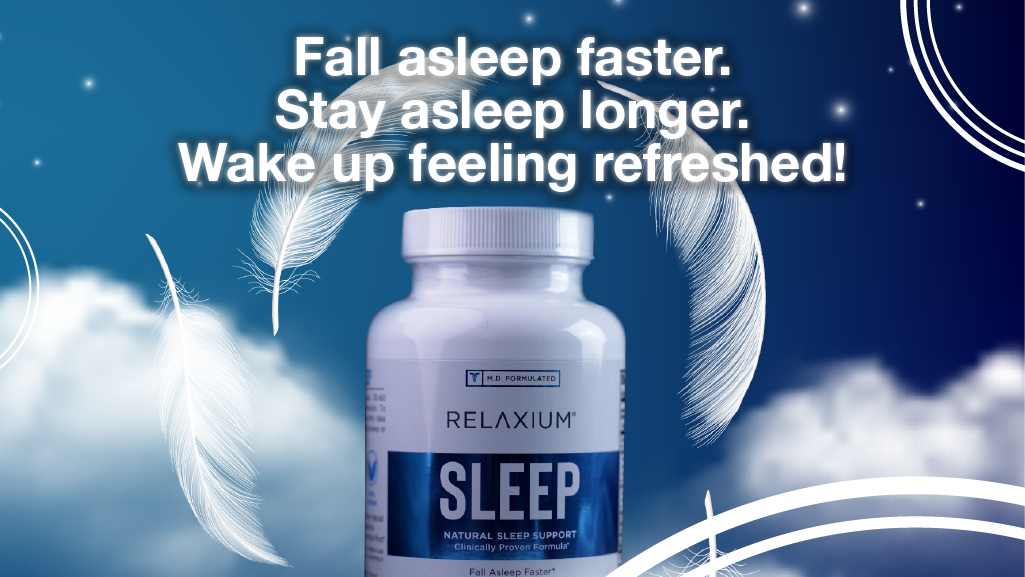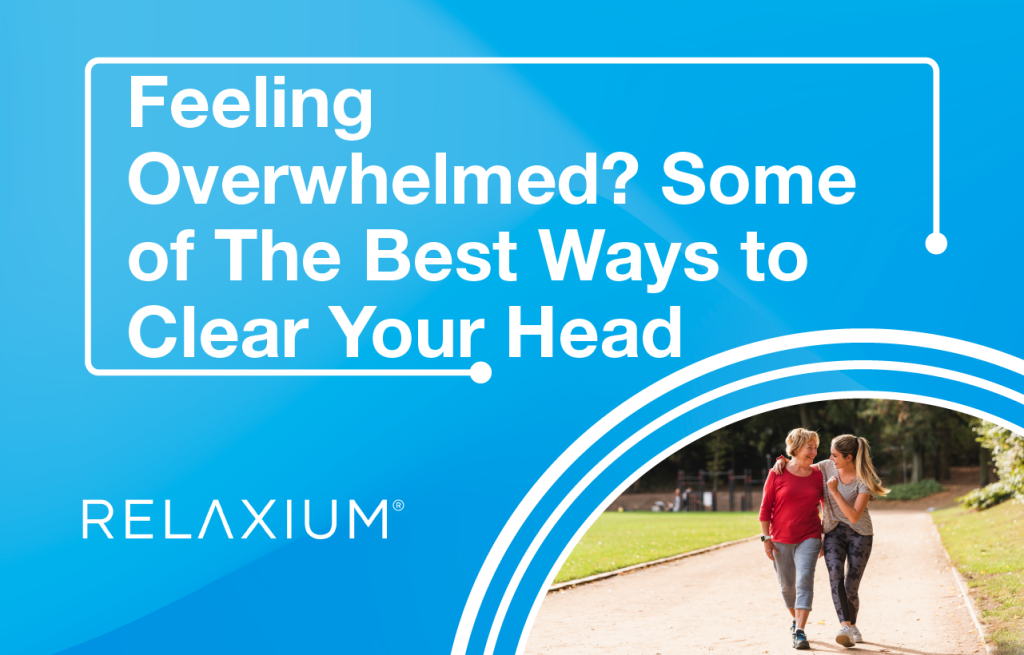We all have things going on. Before you know it tasks and responsibilities pile up, making concentration and relaxation difficult. If you allow yourself to continue this pattern for long periods of time, it is a matter of time before you reach a breaking point. Allow this information to prevent this from happening.
We take for granted little things we can do to help ease the mind. If you are in work or hustle mode 24/7 the necessary relaxation we all need will be excluded. Not to mention, taking time to refocus and relax only benefits your work. This is why we have lunch breaks, mental health days, and even happy hours. Businesses realize that employee relationships and happiness have a direct correlation with the success in the workplace.
This same logic can be applied to our own lives. Taking into account our body’s health and needs will directly correspond with our own success. So what kind of steps can you take to help clear your head? Here are 5 suggestions that include music, walking, physical exercise, and more!
Listening to music
There is a multitude of benefits to music.
- Reduces stress
- Boosts creativity
- Improves memory, learning, and cognition
- Helps to regulate mood
- Reduces anxiety and depression
- Increases motivation
- Improves sleep
These are some of the most notable attributes that music provides. For some, complete silence is required to shift complete focus toward a task. For others, music helps improve focus while performing tasks. This concept was put to the test through Florida National University. This specific research was to answer the question of whether studying and listening to music helps concentration or not. They concluded that music produces multiple positive effects on both the human body and brain. “Music activates both the left and right brain at the same time, and the activation of both hemispheres can maximize learning and improve memory.”
The left side of the brain is what deals with reading, writing, and calculation; the logical part of the brain. The right side of the brain is the visual side; the more creative side. If both sides of the brain are activated then essentially the creative and logical parts of your brain can work together to elevate your success.
Taking a walk/physical exercise
Whether it be outside or inside, taking a walk can be a useful tool that aids with stress. Endorphins are released when walking. Endorphins are chemicals that help to activate relaxation, thus impacting mood. No matter the pace, walking is a very useful way of reducing stress.
If you choose to participate in physical exercise, counting to certain numbers for sets or focusing on lifting heavy can help to block out stressors. When the entire body is put to work it is difficult to worry about other stressors that can come with life.
If you want to try out a simple exercise regimen that doesn’t require a gym consider:
- Squats
- Lunges
- Planks
- Push-ups
- Burpees
- Side planks
Doing 5 sets of 10, or 3 sets of 15 can be very beneficial. Not only will your body feel more relaxed after the release of energy, but your mind will feel calmer as well.
Read one of our favorite books
Although this may take some focus, reading a book you have already read can help clear the mind. Even designating some time to a new book you have an interest in works as well.
How can this help? Well, when reading your brain has to utilize multiple functions. These functions include visual and auditory processes, comprehension, fluency, and more. It stimulates the mind which as we have explained in other blogs promotes relaxation.
Technology before bed is something we have addressed is a big no-no. Reading before bed on the other hand is perfectly fine. When you start to pick up the habit of reading before bed, you will start to notice feelings of tiredness over time. That is because physical books do not utilize the blue light effect as technology does.
Not to mention the stimulation the reading has on the brain is beneficial to help prevent the risks of diseases like Alzheimer’s or dementia. You can think of reading as an exercise for your brain.
Draw or doodle
If you already find yourself prone to drawing or doodling this may be a fun habit to get into. Drawing helps to boost the brain. Research has even shown that art has the power to create and even re-route neural pathways in the brain.
You are able to express yourself through art which may prove to be the solution necessary to clear the mind. Those who frequently create art are also known for having excellent memories.
There are many different types of art and tools you can use to create it. It can be as simple as a pencil and paper or maybe you can take up some of the following:
- Painting
- Water paints
- Charcoal drawings
- Classic pen/pencil and paper
- Chalk art
Find what best suits you and let your creativity and feelings flow through your art.

Naps
Naps are great. Short naps help you to relax the body and reduce feelings of tiredness. Allowing yourself some time to sleep will help to regulate your mood, reduce anxiety and depression and of course, relax. Sometimes these are necessary.
Just remember to try to keep them short; 15 to 30 minutes to keep them from affecting the sleep you will have later in the night.
If you are the type of person that cannot do short naps then consider implementing a natural sleep supplement. Here at Relaxium, we have a sleep supplement called Relaxium Sleep. This supplement was designed to help you fall asleep faster, stay asleep longer, and wake up feeling refreshed and alert.

When things start to feel overwhelming, use one of these
All tips we have listed for you are habits that are relaxing and easily accessible. Taking a short walk outside, listening to music, or taking a nap are all helpful things to do. We know life can be a lot and that is why we are always going to try to help you by listing the best options that everyone can use.
To restful and healthy days ahead.
The Relaxium Team
*These statements have not been evaluated by the Food & Drug Administration. This product is not intended to diagnose, treat, cure, or prevent any disease.
Sources:

